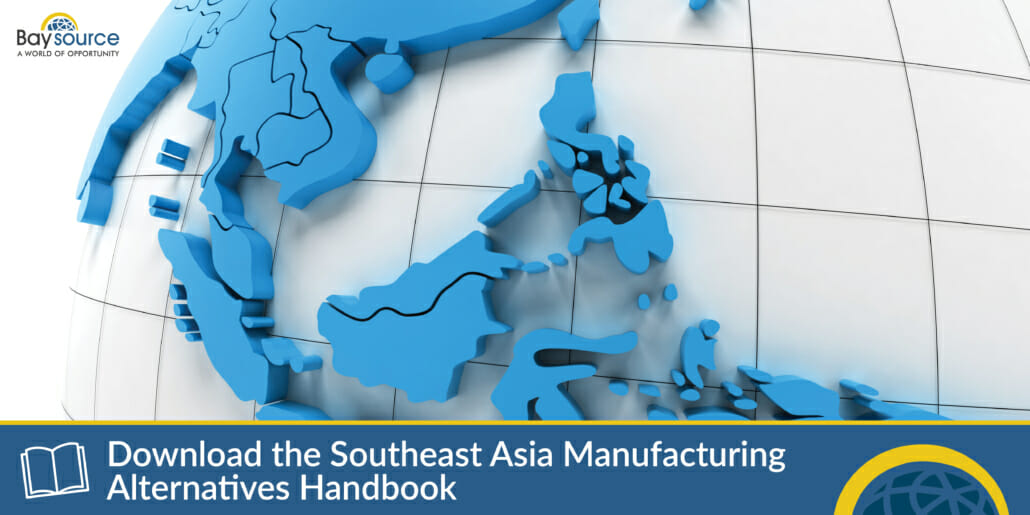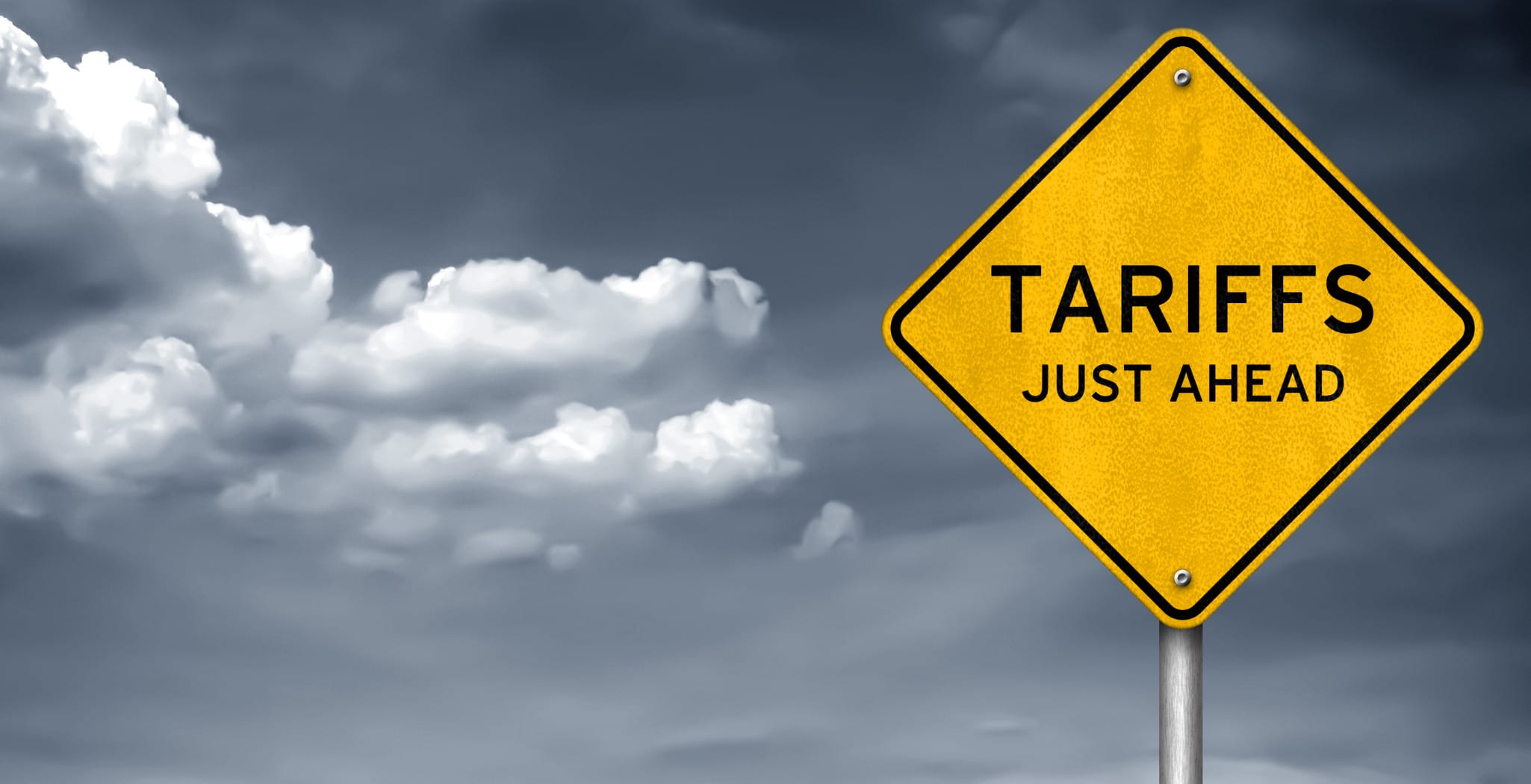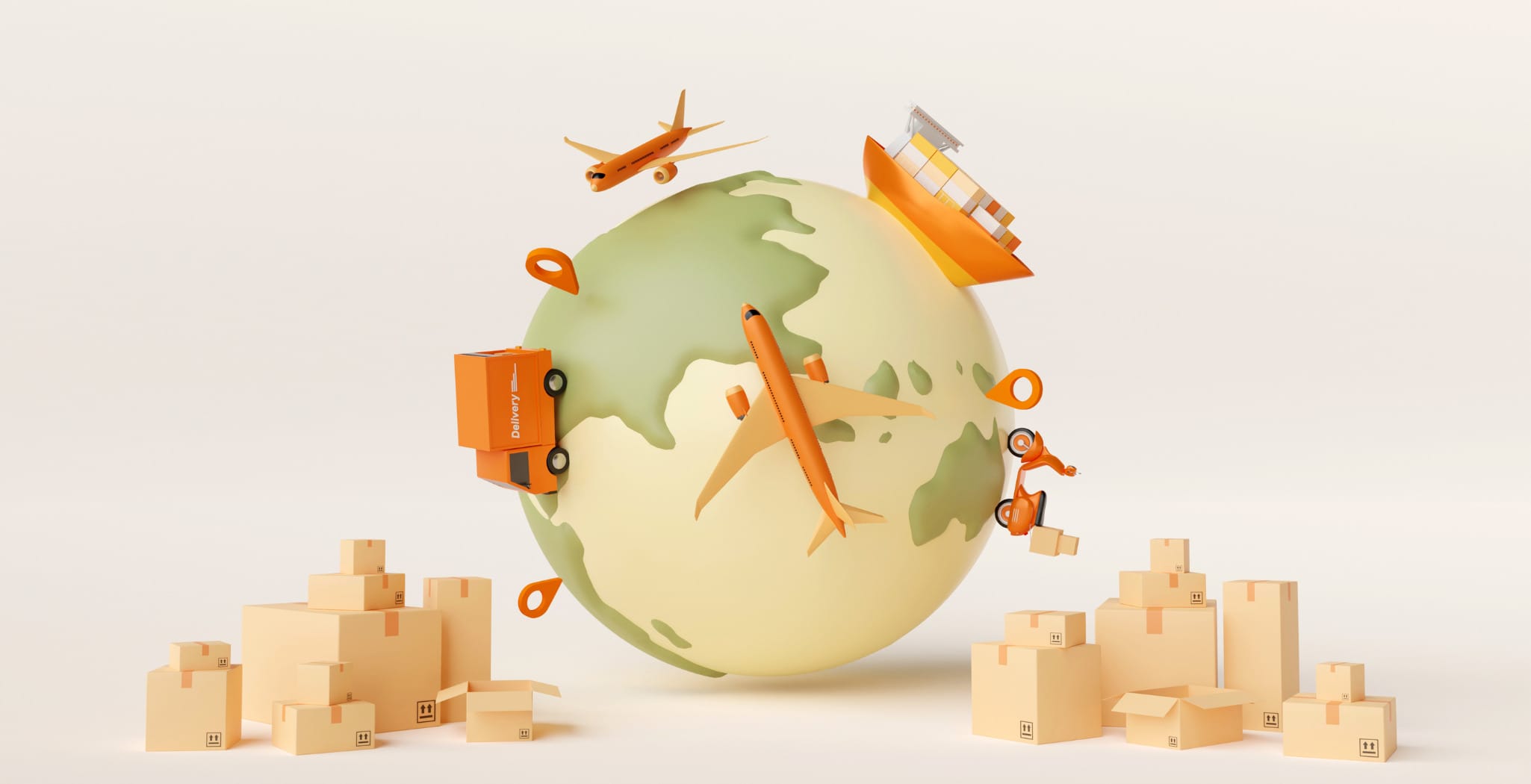
Indonesia
Indonesia presents several contract manufacturing advantages when searching for a supply chain alternative to manufacturing in China. An abundance of cost-effective labor and increasing government support in the manufacturing sector has helped Indonesia position itself as an attractive option for supply chain leaders.
Core Industries: Textiles & garments, electronics, automotive, and chemicals
Three Benefits Of Manufacturing In Indonesia
1. Special Economic Zones and Free Trade Zones
A major incentive put into place by the government is special economic zones and free trade zones. For example, companies manufacturing in the Batam free trade zone in Indonesia are exempt from import duties, luxury tax, and value-added tax.
2. Abundant Supply of Low Labor Cost
As the world’s 4th most populous country, Indonesia undoubtedly has the manpower to rise as a top-tier manufacturing destination globally. The abundance of labor coupled with low labor costs makes Indonesia a competitively cost-effective option for overseas manufacturing.
3. Government support and “Making Indonesia 4.0”
The Indonesian government is working vigorously to improve the country’s economy and the manufacturing sector in particular. The “Making Indonesia 4.0” is a roadmap that was introduced in 2018 with the goal to boost the country’s exports and use manufacturing as a fundamental means for increasing GDP. This has led to easier entry for businesses into the country and is a good sign that Indonesia will be an increasingly attractive destination for years to come.
Learn more about manufacturing alternatives in Southeast Asia with our handbook – download it today!







Follow Us